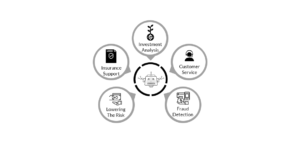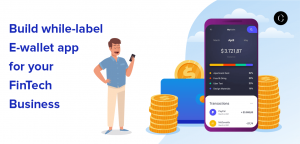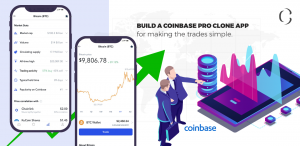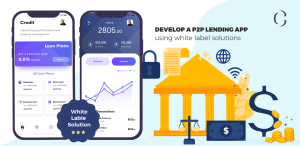The solution to Latin American payments: Get local to reach global
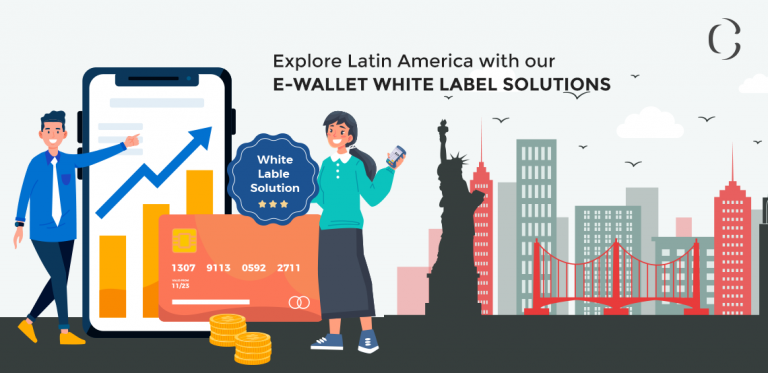
There is a continued access revolution taking place in Latin America. Latin America is the fastest-growing market with millions of customers looking for access to more attainable banking options, with lower interest rates, and a much faster and cheaper internet connection — a miracle that is fueling e-commerce in the region.
The time has witnessed major dive of the companies into the Latin American market. Competition is still less when compared to developed countries, and the curve of consumption, especially in e-commerce, is higher. But obtaining entrance to this market with exceptional potential requires a step back: having local payment methods that reach global consumers in Latin America.
The size of the market
Latin America has more than 650 million customers. Most of the customers prefer an online purchase. A recent investigation suggested that e-commerce is expected to grow 21% this year in the region, much higher than the global average of 4.5%. Along with the local stores, global companies are also taking advantage of the momentum. The largest digital companies like Spotify, Netflix, Airbnb, and Uber have seen large growth in Latin America, which has become one of the main markets for these companies. The products and services of these companies are widely adopted by millions of customers.
However, Latin American people have their own way of getting things done. They are facing various challenges in their home countries: logistics, access to health and education, inequality, and, of course, access to banking services. More than half of the population in the region is unbanked. Offering access to local payment methods is the solution to traverse this market with extraordinary opportunities.
Creativity drives new payment methods
Many companies from China, the US and Europe are aware of the most used payment method in Mexico- Oxxo. It is an individual, typically Latin American solution: Oxxo is a successful chain of convenience stores that created its cash voucher, extensively used by Mexicans to pay for their service bills, e-commerce transactions and it can even be used for shopping in physical stores.
Boleto Bancario is another popular payment method in Brazil. It is used in more than 30% of the e-commerce transactions. The Brazilians use it to pay for their utility bills, tuition fees, and of course, online purchases.
Boletos are nothing but the vouchers with a barcode used for payment. These barcodes can be printed or obtained through a computer, smartphone, and are processed in banks, post offices, supermarkets, among other locations. Customers are allowed to pay them in different ways, including with cash and through internet banking or bank apps.
With the advance of fintechs and broader access to financial services, there has been a rise in the use of apps and credit cards.
A recent study directed by the Central Bank of Brazil illustrates that, in terms of money, old habits die hard: 29% of the adult population still gets their wages in cash. Cash was named as the chosen payment method by 60% of respondents — and this was in 2018!
The global innovations such as e-wallet and mobile payment apps have their own specializations in Latin America. Though they are not as widespread as in developed countries, the use of e-wallets is expected to increase with each passing day with the improvement in fintech.
It is your time now
As we can see, global businesses want to reach the majority of Latin America’s market. They are finding ways through the improvement of internet connection in the region, or the distribution of the state-of-the-art smartphone for mobile shopping. Businesses have already made these things a reality. Getting to the pockets of Latin American consumers in the right way is what matters. It is possible only through the right payment methods.
Let’s talk about three categories of e-wallet.
3 Major E-Wallet Types
⇒ Contactless Mobile Wallet: An actual digital copy of a customer’s wallet. It tokenizes and stores credit cards in digital format for use on a mobile device or wearable in contactless payments at physical merchants like Samsung Pay.
⇒ Digital E-Commerce Wallet: A card-on-file online tool that tokenizes and saves a customer’s payment card information, for using in e-commerce during Visa Checkout and MasterPass.
⇒ Stored Value Wallet: A digital account obtained through a mobile phone that stores electronic funds, meant to be used instead of a bank account. These come within two sub-categories: those intended for feature phones and smartphone apps.
Tips to develop eWallet app in Latin America and to conquer the Latin America market :
E-wallets in Latin America are still developing and in an exploratory phase. The country is entering into a demographic and technological phase, however, which encourages the selection of e-wallets. But for this to happen on a massive scale, e-wallets should:
- Not compete with cash. Allow payments for which cash has a distinct deprivation, which means, digital goods, bill payments.
- Build the e-wallets for young, urban, underbanked smartphone users. Authorize non-credit card payment methods.
- Offer the right stimuli, such as credit, significant time savings, or access to new types of goods.
With the volume of investment being drained into e-wallets in the region, e-wallets will overtake on sooner or later in Latin America. Looking at this rapid growth of usage of smartphones, wide-scale adoption could be expected.
Takeover the Latin American market with our e-wallet white label solutions. To know more, connect with us and ask for a free demo.



